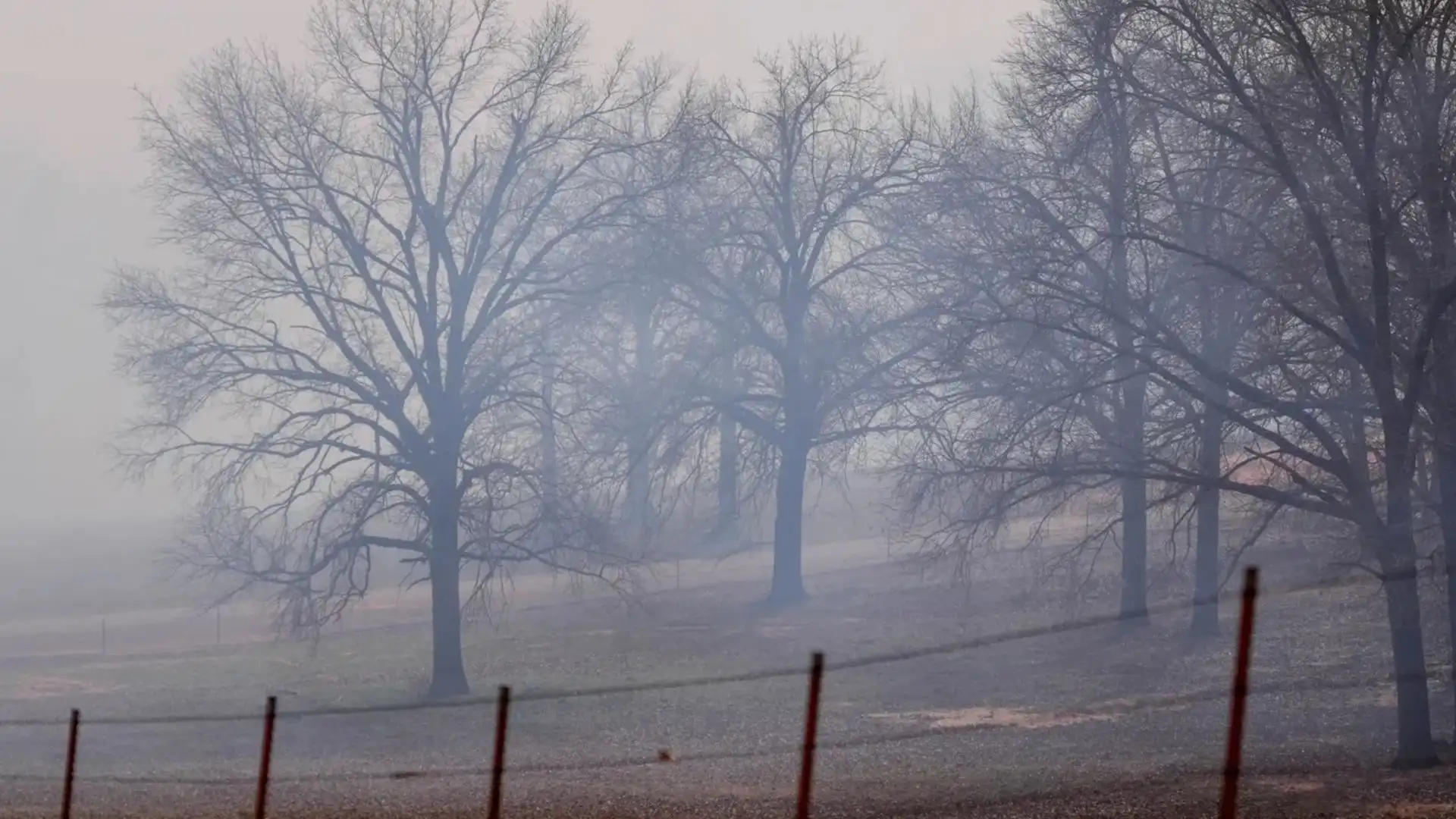There will be a strong chance to witness the northern lights in Washington during a predicted geomagnetic storm from Sunday night into Monday morning.
The National Oceanic and Atmospheric Administration (NOAA) is forecasting a G3-level storm, rated on a scale from one to five. KING 5 meteorologist Ashley Ruiz mentioned that skies are likely to be mostly clear, though a nearly-full moon might affect visibility.
To improve your chances of seeing the aurora, it’s best to find a dark area away from city lights.
The northern lights, or aurora borealis, occur due to solar storms. During coronal mass ejections, the sun releases electrically charged gas that travels toward Earth, interacting with magnetic fields. When these particles reach the Earth’s atmosphere, they collide with gases, creating stunning displays of light.
The strength of the aurora is measured using the Kp index, which ranges from 0 to 9. According to NOAA’s viewing guidelines:
At Kp levels of 0 to 2, the aurora is dim and restricted to far northern regions.
For Kp levels between 3 and 5, the aurora moves farther from the poles and becomes more vibrant and active.
With a Kp of 6 to 7, the aurora is brighter and visible further south, including areas near the northern U.S.
At Kp levels of 8 to 9, the aurora becomes extremely bright and visible even closer to the equator, offering a spectacular sight for most viewers.
MUST READ: Meet Moo Deng: The Viral Baby Hippo Captivating Hearts Worldwide
What Is The Aurora?
Auroras are visible near the Earth’s poles in both hemispheres. In the northern hemisphere, they are called the aurora borealis, while in the southern hemisphere, they are known as the aurora australis.
These lights have fascinated people for centuries, and in recent times, photographers have sought to capture their beauty. The auroras are caused by activity on the Sun’s surface. During solar storms, the Sun releases clouds of charged particles that travel vast distances and sometimes reach Earth.
Most particles are deflected by Earth’s magnetic field, but some are directed toward the poles, interacting with the atmosphere. As these particles collide with atoms and molecules in the atmosphere, they produce light, creating the aurora’s distinct waves and curtains of color, which follow the magnetic field lines of the Earth.
Royal Observatory astronomer Tom Kerss explains that this process is known as “excitation,” similar to heating a gas to make it glow, resulting in the stunning natural display.
ALSO READ: 30-Year-Old Malaysian Woman Left Bleeding After A Bevy Of Hungry Wild Otters Attack Her On Road





















